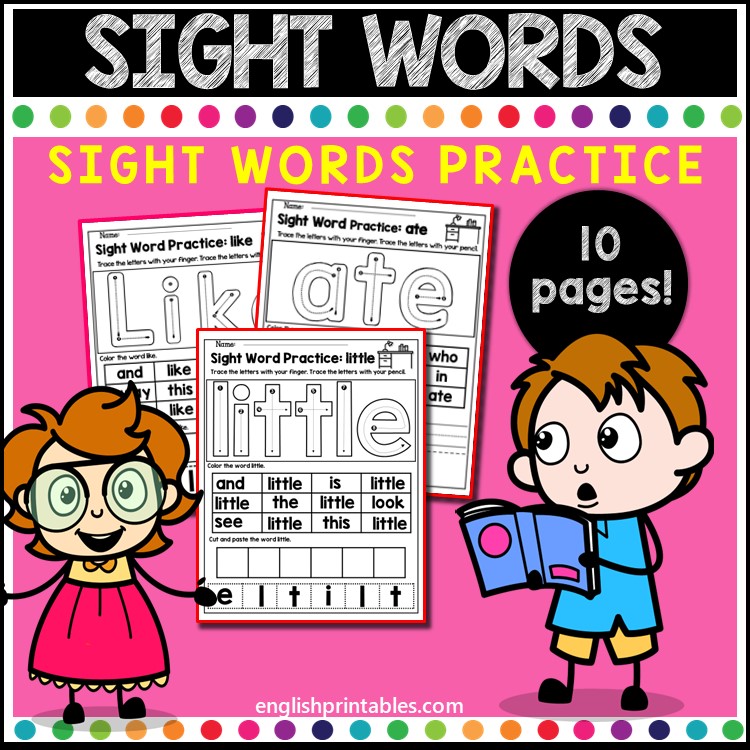
These rudimentary terms are crucial to reading success! Here are some basic steps you can do to assist your youngster in learning them.
You probably have no recollection of learning to read words like the, is, or am. However, these so-called “sight words,” which you now read on a daily basis (without even realizing it!) It can be fairly difficult for children to learn. They are, nonetheless, critical to reading success.
Sight words, in simple terms, are regularly used words that children are encouraged to memorize by sight so that they can recognize them in a text without having to sound them out. This is especially useful for sight words that do not follow standard phonetic conventions and cannot be sounded out.
“Children who can read sight words fast are more fluent readers and can better absorb a text,” says Laura Mossa, a Baltimore County Public Schools elementary school reading specialist. She goes on to say that according to one classic study, up to 75% of the words used in material aimed for young readers are sight words.
Here are five strategies for helping your youngster acquire sight words, as well as tools to assist you.
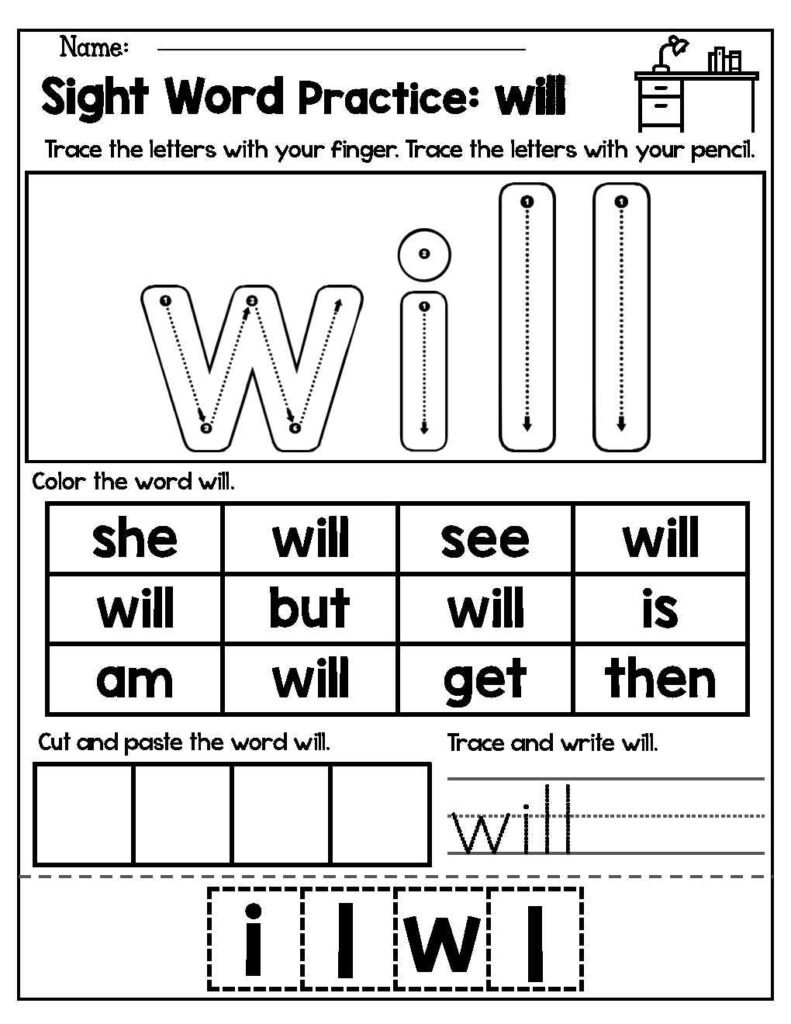
Tip 1: Introduce sight words to your child as soon as possible.
It’s never too early to begin reading with your child on a daily basis (it will help them build their language abilities and reading skills, and doing so numerous times each day can expose them to 1 million words before kindergarten!). This is the most natural way to get kids used to a variety of sight words.
Also, point out sight words in your surroundings, such as by reading traffic signs or grocery store signage aloud. This will help your child build a strong foundation for more formal sight word learning in preschool and kindergarten.
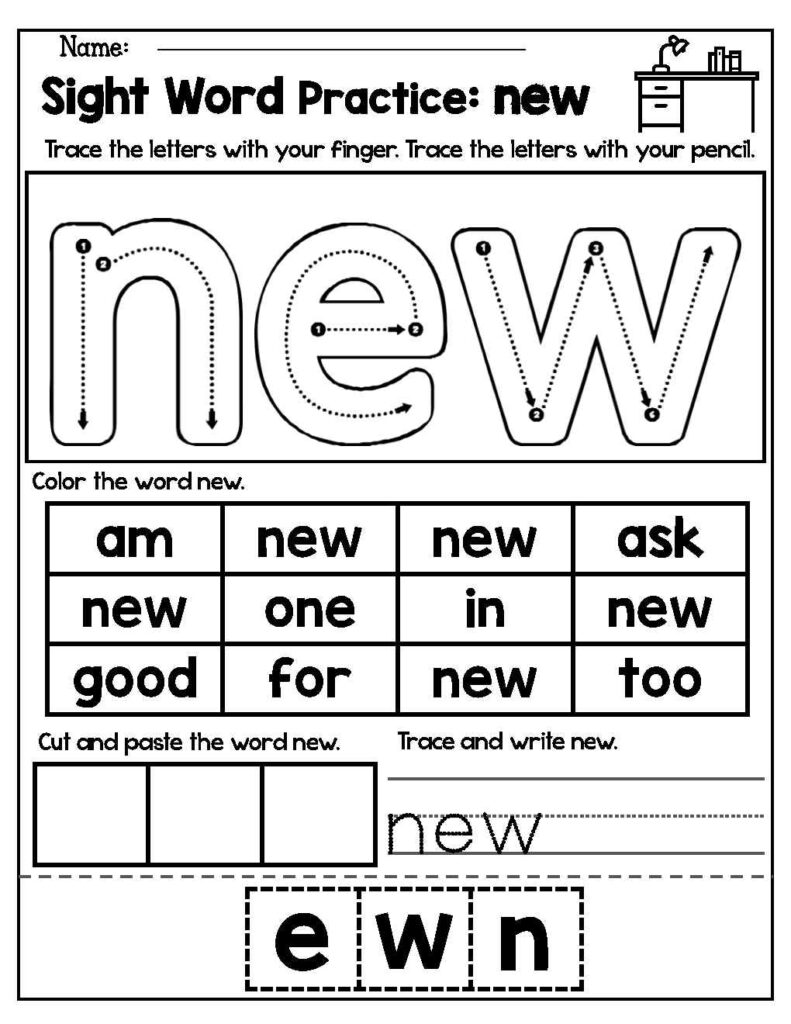
This Sight Word Readers Parent Pack is a terrific method to supplement what your kid is learning in school as they enter preschool and kindergarten. It includes a tiny activity book as well as write-and-learn pages to assist your children in learning 50 high-frequency sight words! This Write-N-Seek: Sight Words activity book can also help your youngster learn sight words by tracing, writing, and solving puzzles.
Tip2: Make read-alouds more interactive.
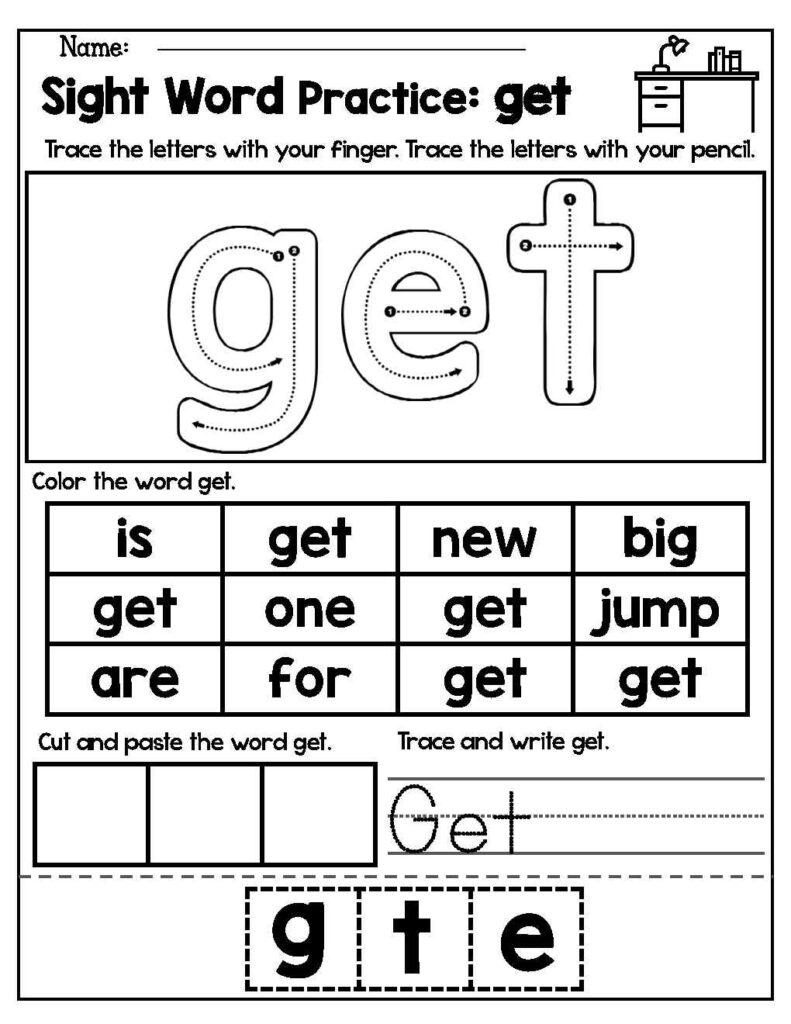
You’ll notice that many repetitive phrases contain sight words like I, a, at, am, and, it, in, is, and the when you read with your youngster. Have fun accentuating the repetition, and as you point to the words along the way, encourage your child to join in on the refrains.
“Because sight words make up such a major portion of all text, interactive read-alouds with your child are a terrific method to practice them,” Mossa adds. Speech bubble books are especially excellent for this because the writing is brief and large, making it easy to point out sight words in each bubble as you read.
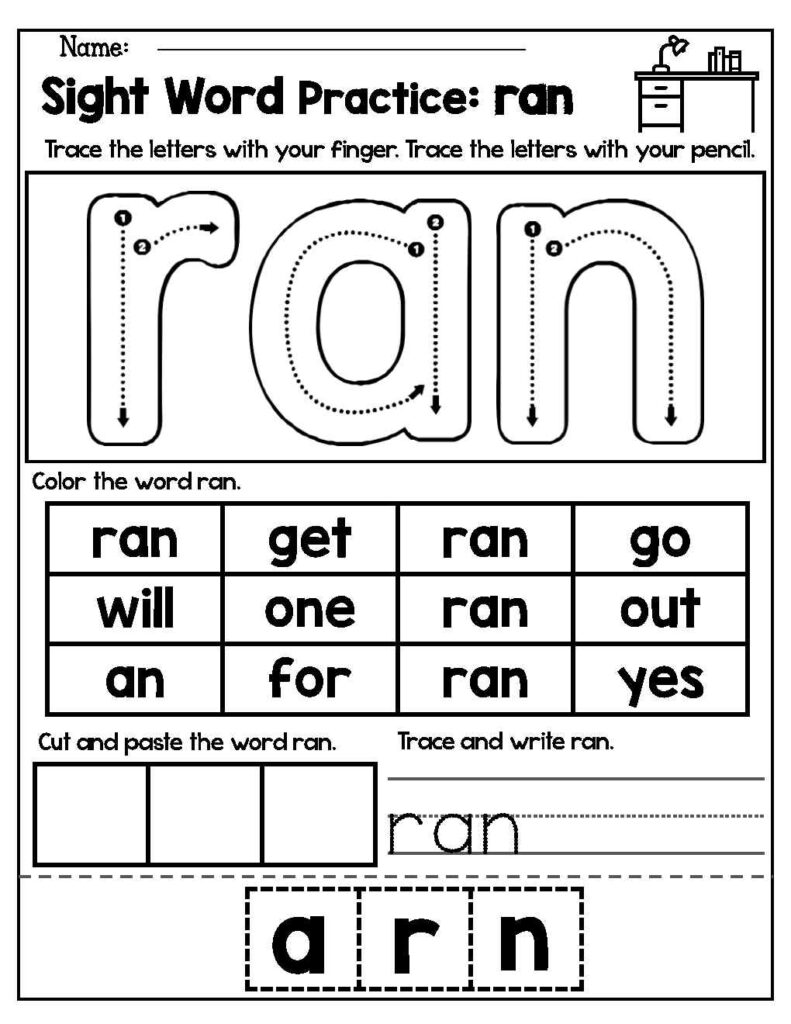
Tip 3: Make sure they’re using all of their senses.
Mossa says she also engages youngsters in multisensory activities, such as filling in missing letters or rearrange letters to correctly spell a sight word, or “writing” a word with their finger in the air or on a table.
“When children practice using these multi-sensory tactics, they are more likely to remember a sight word in their long-term memory,” Mossa adds. She also recommends using pipe cleaners or magnetic letters to help children learn sight words.
Mossa says she uses literacy specialist Jan Richardson’s sight word strategy for more practice with spelling sight words, especially those that aren’t phonetically regular. “I write the sight word on a dry erase board or make it using magnetic letters to introduce it,” she explains. “Then I ask the kids to look at each letter while I move an index card over the word from left to right.”

Tip 4: Divide sight words into groups.
Showing kids how to organize sight words into groups like “rule followers” and “rule breakers” can be beneficial, according to Mossa. This should, however, be utilized with more advanced readers who have already developed early decoding abilities and can sound out words.
“The sight word ‘can,’ for example, follows normal phonetic patterns,” Mossa notes. “On the other hand, the word’said’ is undecipherable. As a result, pupils must learn this term in its whole. When I introduce a sight word, I talk about whether it can be sounded out or if it’s a rule-breaking word.” Play a sorting game at home with your youngster, in which he or she must predict which sight words can be sounded out and which cannot.
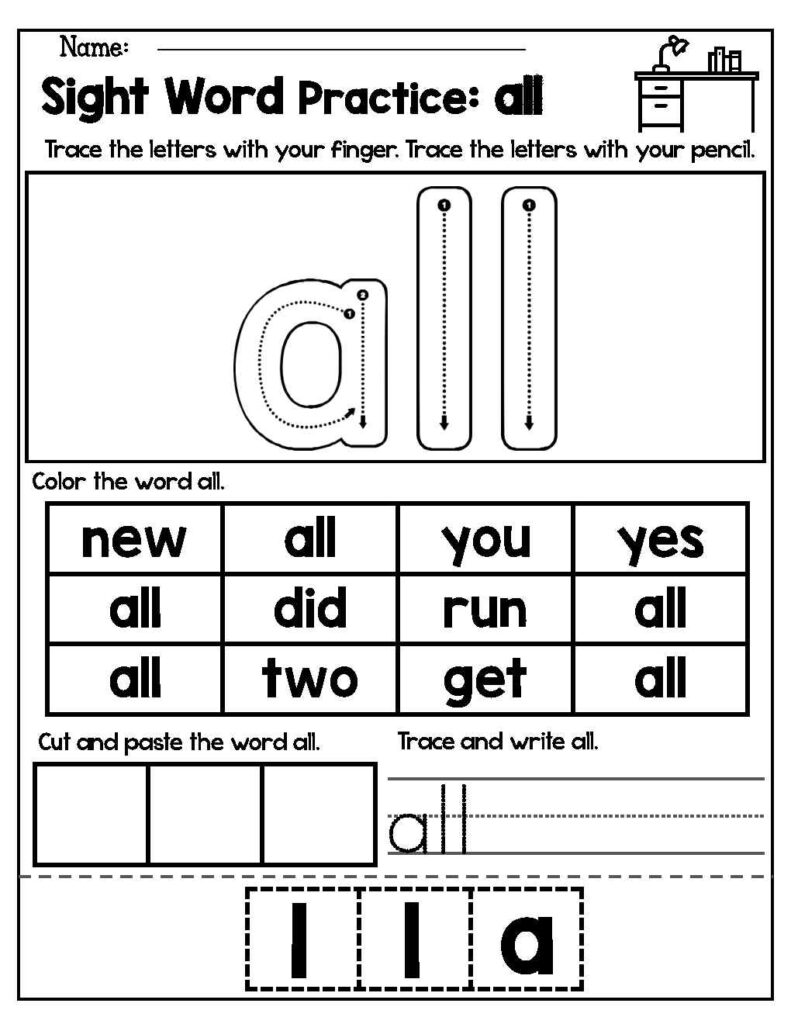
Tip 5: Read and practice sight words on a daily basis.
“When children have everyday opportunities to interact with literature at home, they will develop better at reading sight words automatically,” explains Mossa. Reading every day will help you remember sight words, and you can also use games, art projects, and other interactive activities to help you remember them.

There are two types of sight words: those that must be identified right away and those that must be recognized later. They’re learned for a variety of reasons:
Non-Phonetic Words — words that cannot be “sounded out” or decoded completely using phonics. Come, eight, and through are examples of words that do not follow the standard decoding guidelines. These exceptions must be remembered.
High Frequency Words are words that appear frequently in written text. It is easier and more fluid to read if you memorize high frequency terms like it, red, and out.
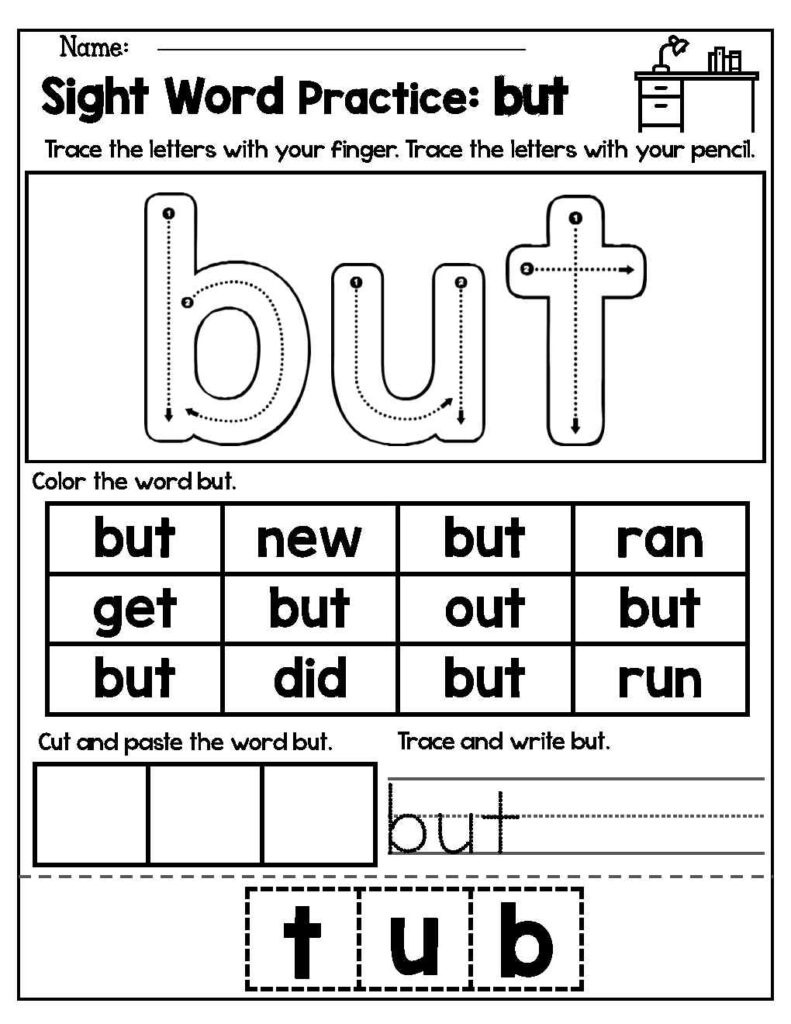
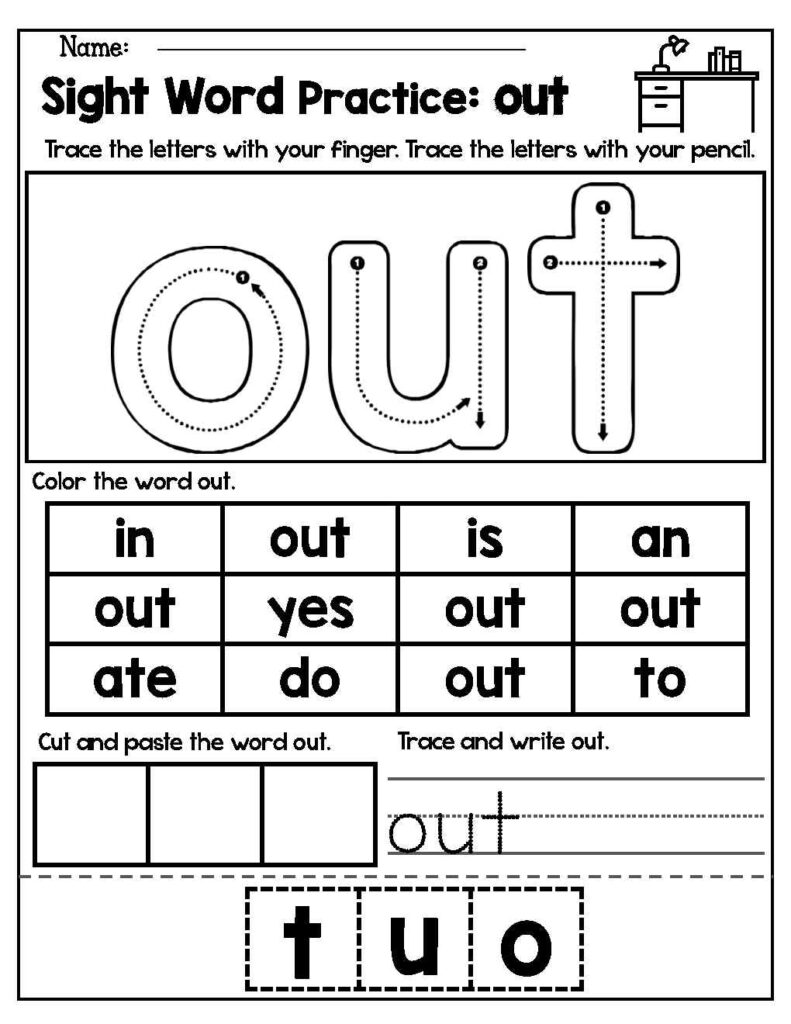





I really love these worksheets thanks a bunch.
thanks a buch for this wonderfu resoure. I was really looking for this before.